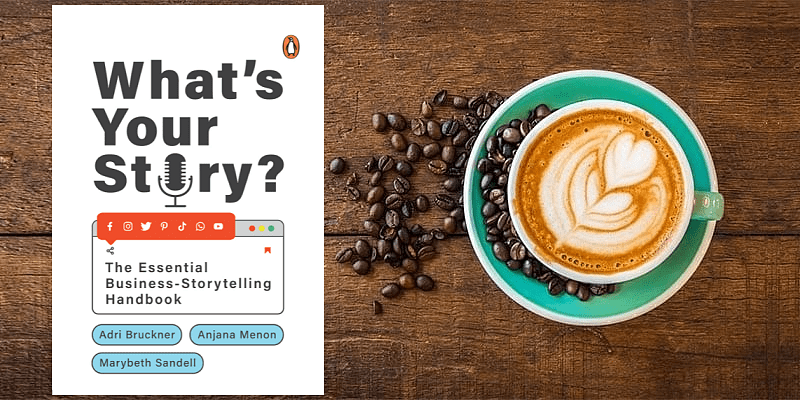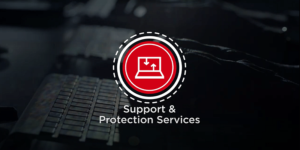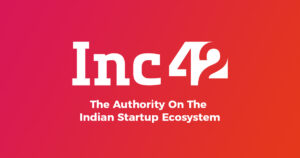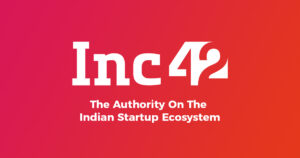Launched in 2012, YS’s Book Review section features over 315 titles on creativity, innovation, entrepreneurship, and digital transformation. See also our related columns The Turning Point, Techie Tuesdays, and Storybites.
Frameworks, examples, and tips for business communication are effectively presented in the book, What’s Your Story? The Essential Business Storytelling Handbook by Adri Bruckner, Anjana Menon, and Marybeth Sandell.
Storytelling is for everyone in the business world – leaders, managers, marketers, sales teams, writers, and reporters, the authors begin.
Now based in Barcelona, Adri Bruckner is a creative communications professional with experience in journalism and PR. Anjana Menon is founder-editor of Mint and runs content strategy consultancy Content Pixies. Marybeth Sandell is co-author of Introduction to Data Visualisation and Storytelling.
Here are my key takeaways from the 280-page book, summarised as well in the table below. See also my reviews of the related books Once Upon an Innovation, Story 10X, Five Stars, Let the Story Do the Work, Stories for Work, Stories at Work, and Data Story.
Entrepreneurs should also check out YS’s Changemaker Story Canvas, a free visualisation tool for startups and innovators, and Pitch Tips for Startups.
The 16 chapters in the book are packed with good (and bad) examples of storytelling in practice in the corporate and startup worlds; there are activities and exercises as well. Though a number of online resources are referenced, there is surprisingly no bibliography of related books, or an index.
I. Elements
“Every good story is about a person, or people, with a dilemma or threat they are able to overcome, using skills, integrity and determination,” the authors describe. It puts the customer in the centre, and not just a product or feature.
The message of the story should convey the company’s mission. For example, the World Wildlife Fund’s mission is to conserve nature; specific messaging has been about campaigns like donations to save koalas. The story should cultivate a point of view, and explain what’s in it for the customer.
Stories should have killer headlines. “A headline that snoozes, loses,” the authors warn. Headlines should have verbs, be simple, and grab attention – without being clickbait. They should rank highly in search engines results as well.
A handy acronym in this regard is TACT – taste, attractiveness, clarity, and truth. Headline generator tools are offered by companies like Portent and Hubspot.
After the headline, a good lead can entice the reader to read on by adding credibility (data) and a human voice (quotes). Short questions can pique interest as well. The authors give lead examples of an anecdote, literary or cultural reference, punch, and contrast.
Visuals help make a message persuasive, believable, understandable, and authoritative – they can increase the likelihood of the message being shared further as well. “We’ve been communicating with images for more than 30,000 years, but writing didn’t begin until around 3,000 BC,” the authors explain, reinforcing the communicative power of images.
“The first photograph was taken about 175 years ago,” they add. It is a good practice to have an archive of searchable and labeled images and videos, and include captions and in-figure labels when used in stories. A number of tools are available to create infographics, charts, timelines, maps, and Venn diagrams.
“Data adds accuracy to your story while making it more compelling and persuasive,” the authors emphasise. “Data helps show changes, trends and comparisons,” they add.
The combination of data, visuals and narrative can be quite compelling, with elements of logic, design and emotions.
At the same time, care should be taken to avoid data overload. “Select one main number to anchor your story,” the authors advise. The rest can appear later in a table or figure. Tools like TheCalculatorSite.com help contextualise very large numbers.
The authors caution against fake news and manipulation, and advise readers to check which organisation has paid for research cited in the news.
The authors also suggest staying away from too much jargon, which they classify into three types: corporate (eg. right-sizing, synergy), consultant (eg. low-hanging fruit, bandwidth, directionalise), and cultural (nuances specific to a nation).
“People want to hear stories about people. Their struggles, their triumphs, hopes and dreams, gaffes, and successes,” the authors affirm. “Stories create connections, empathy and trust between people,” they add.
Corporate stories should show compassion, empathy and commitment to causes, particularly for younger audiences. A full-length interview itself can make for a good story, eg. based on techniques like the Proust questionnaire.
CSR stories can be particularly effective, by highlighting responsible practices of the company and its employees. The authors cite IKEA and ING as story examples in this regard.
II. Channels
The authors describe mass media perspectives from the macro level (ownership, geographical reach) and micro level (news flow, newsroom roles). They offer a range of engagement tips for pitching stories, eg. cultivate relationships with reporters, offer time-sensitive exclusivity.
Social media has democratised talent, while also being a loud and crowded place, the authors observe. They cite Red Bull as an effective multi-platform storytelling brand.
The authors map out social media demographics by type, eg. Facebook (older generations), Instagram (young adults) and Snapchat (teens). LinkedIn’s top countries are the US, India and China. YouTube is the second-most-used search engine after Google, and the go-to place for entertainment and educational videos.
Some social media companies have been mired by controversies (eg. Facebook), so the authors advise first checking if this may create mistrust and adversely affect brand image. There is also polarisation on platforms like Twitter.
“The shiniest new tool still won’t make up for a story badly told,” the authors caution. Engagement via social media requires having an open culture and being nimble in responding to potential backlash.
Stories and messages can be amplified via influencers, and community forums like Reddit and Quora. The authors cite Mumsnet as an effective open forum for the parenting community.
“Podcasting, corporate videos and vlogging can be done alone but often require the help of specialists,” the authors observe, though many examples from home studios also abound. GIFs have become popular on social media as well. GE, eBay and Unilever have effectively used podcasts.
Sponsored content, advertorials, and sponsored research can be used for storytelling and messaging as well. But the authors caution about ethical issues like conflict of interest by the media for paid and partnered content.
Platforms like Outbrain, Sharethrough, and Taboola offer targeted distribution for advertorials. SAP has built credibility for SAP Insights articles written by in-house experts, and Patagonia has strong messaging on its website about environmental activism.
III. Application and integration
The last section of the book ties together the elements and channels of storytelling, in specific contexts like leader stories, crisis management, public speaking, and company reports.
The chapter on leader stories is outstanding, with valuable tips and examples. The leader’s personality and story should align with the overall brand, connect with audiences, and be authentic.
Examples from IBM, Walmart and GM are cited, as well as Richard Branson, Warren Buffet, and Oprah Winfrey. In some cases, catchy quotes also fit the leaders’ public personalities, and the persona or tone can be adjusted for different channels and audiences.
“Creating a personal brand falls somewhere between a science and an art,” the authors affirm. It takes frequent review and recalibration as well.
Communicating during a crisis calls for being “honest, forthcoming, straightforward, and sensitive.” Response teams, training, templates, and scenario planning are key here. Not planning well for a crisis can lead to damage to brand, public safety and financial security, the authors caution.
They cite bad examples of crisis management (BP during the 2010 oil spill; Union Carbide and the 1984 Bhopal gas leak) and good ones (Johnson & Johnson and the 1982 Tylenol crisis; KFC during the 2018 chicken shortage; Starbucks and sensitivity training in 2018; New Zealand PM during the 2020 pandemic).
Depending on audience size, public speaking can be effective if the speaker is comfortable in the role, an expert in the topic, and can handle audience questions. Pitch decks can vary in format, from bullet points to mostly images. The authors caution that webinar fatigue is setting in for online events, hence messaging should be smart or immersive.
Company reports need not be dull and hard to read – storytelling and design can be effectively integrated here as well. Examples include human interest stories and case studies, featuring customers and employees.
“Design is a memorable non-verbal storytelling boost,” the authors explain. Examples include Austria Solar (report could be read only when the special pages were exposed to sunlight), and O’Right (report covers printed on recycled bamboo and plastic).
The road ahead
The final chapter addresses future trends such as experiential content via use of AR (Pokemon Go) and VR (eg. IKEA, Qantas, BBC, Barcelona Water, National Highway Safety).
The power of the crowd for content generation has been effectively used in marketing by Apple (‘Shot on iPhone’), IKEA (‘At Mine’), and Starbucks (White Cup Contest for decoration). Techniques like gamification have been used by Tata NX Zero Sugar (guess amount of sugar in everyday drinks).
The book ends rather abruptly with this chapter; an epilogue with updates on storytelling in the pandemic era and beyond, or use of the book for a workshop, would have been a welcome addition, for example. Still, the book provides a useful single-volume guide to a wide spectrum of business communication and storytelling.
YS has also published the pocketbook ‘Proverbs and Quotes for Entrepreneurs: A World of Inspiration for Startups’ as a creative and motivational guide for innovators (downloadable as apps here: Apple, Android).










